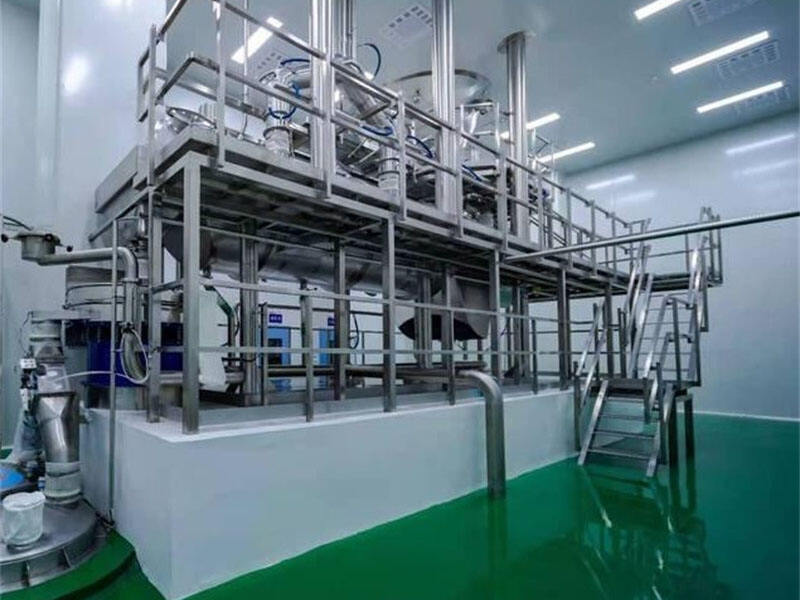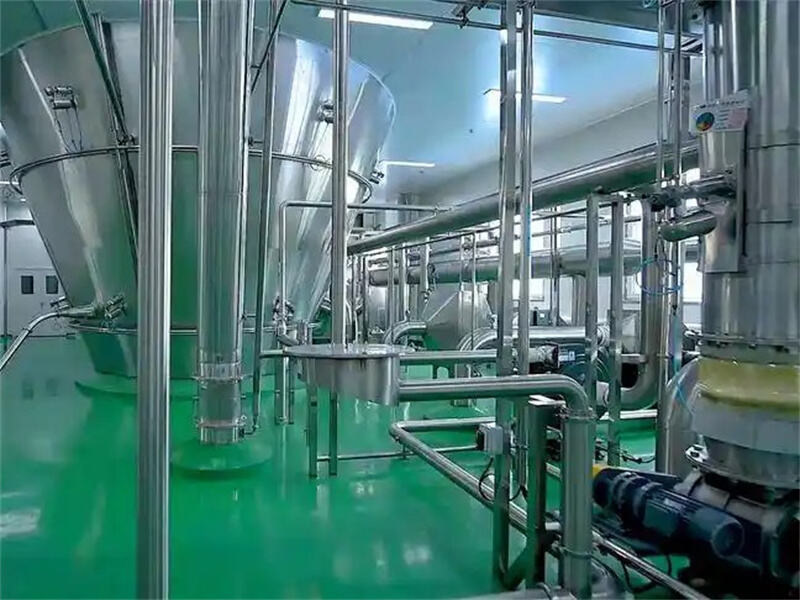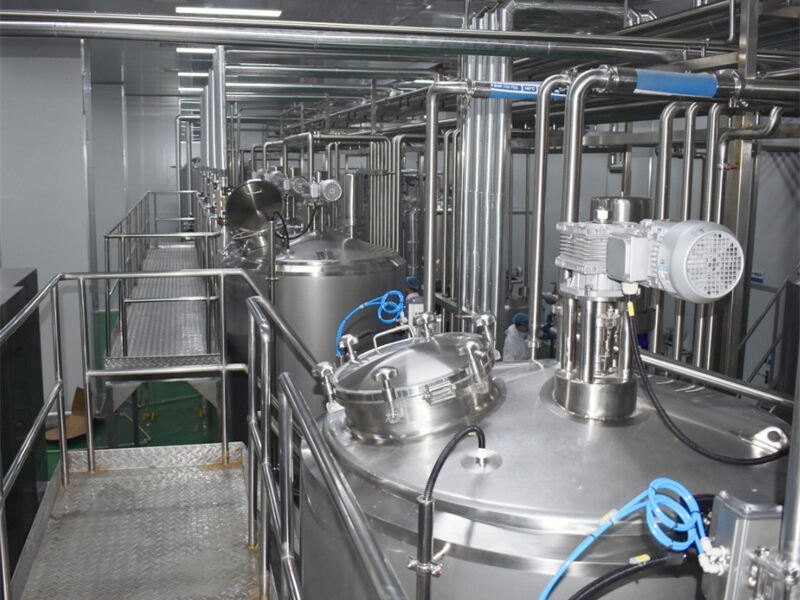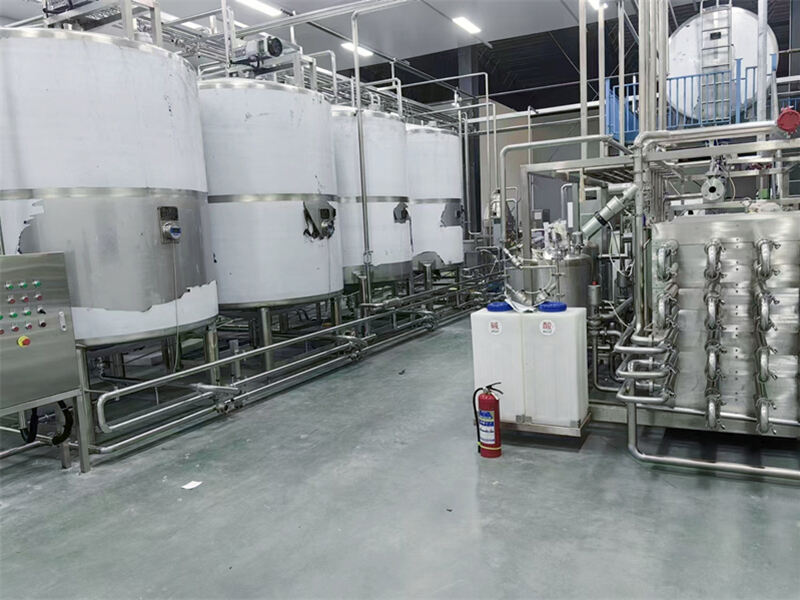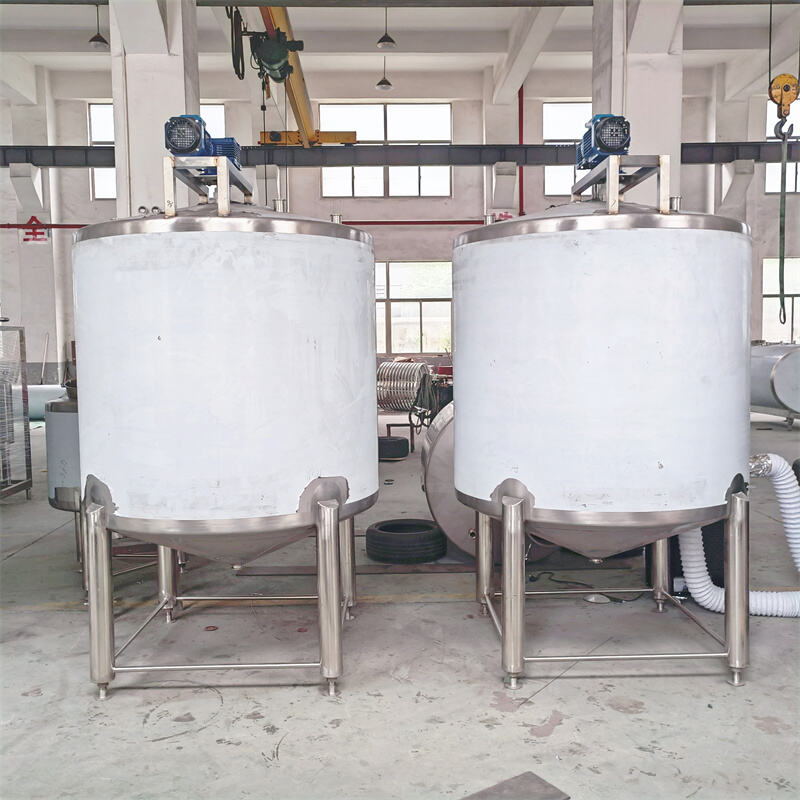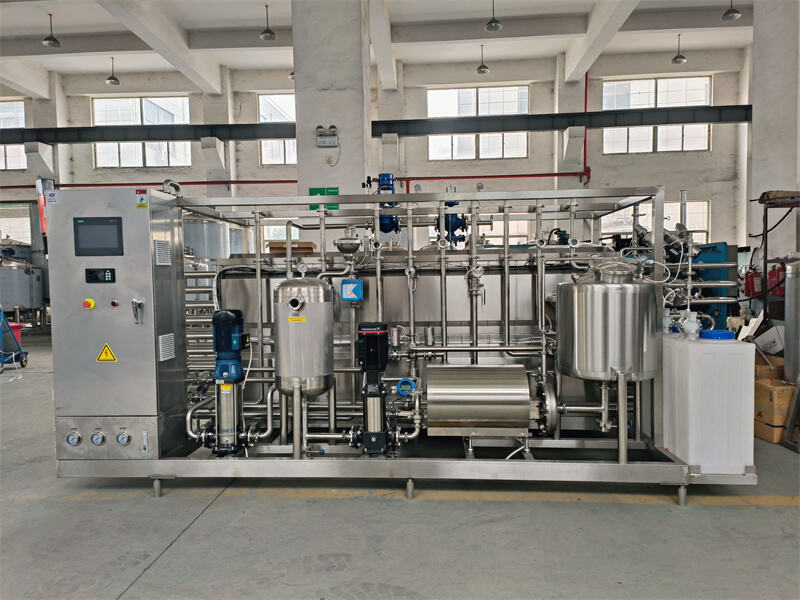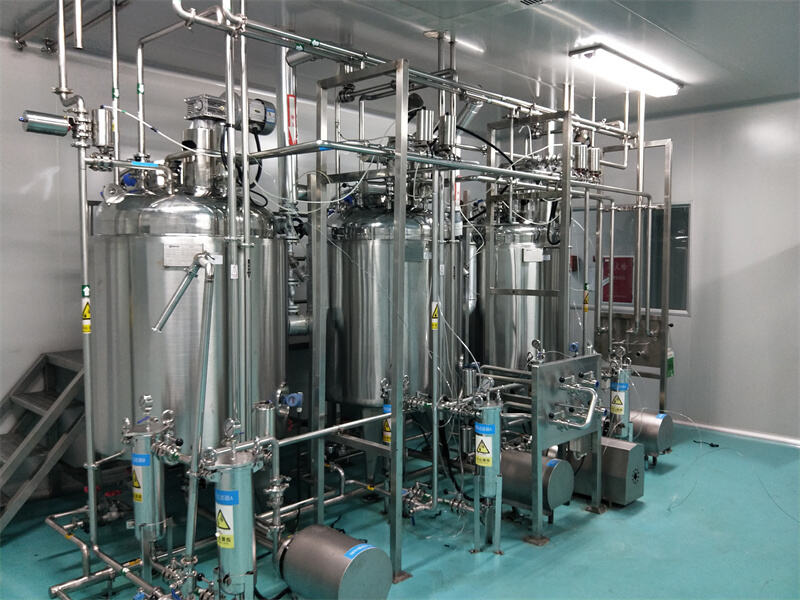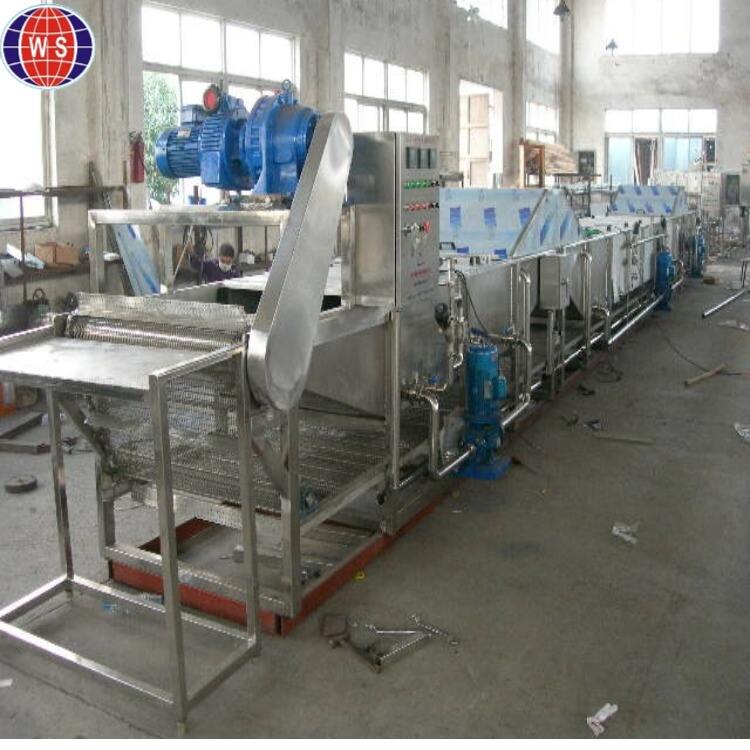Complete Milk Powder Processing Plant Milk Powder Production Line
Place of Origin: |
China |
Brand Name: |
Weishu |
Certification: |
CE |
- Description
- Standard production process flow
- Specifications
- Recommended Products
Description
The milk powder production line is an assembly line that converts fresh milk into powdered milk powder. It includes a collection and storage system for fresh milk, a defatting system, a standardization system, a pasteurization system, a milk concentration and drying powder spraying system, and a filling and packaging system for milk powder. The entire production process is automated and has high productivity.
Standard production process flow
1.Raw milk collection: The raw milk transported to the factory is measured using electronic scales or flow meters to accurately calculate its quantity and cost.
2.Raw milk storage: The measured raw milk is filtered through a pipeline filter to remove impurities (e.g., dirt, animal hair), then pumped into a refrigerated tank with a cooling compressor for storage at 2-4°C, ensuring freshness and extending shelf life.
3.Standardization: Adjusting the fat content in milk ensures the final product meets specific nutritional standards or consumer preferences. This is typically achieved by separating fat from milk and then proportionally adding it back to skim milk.
4.Homogenization: Milk undergoes high-pressure homogenization to break large fat particles into smaller ones, preventing fat from floating or layering. This process makes the milk more stable, uniform, and enhances its taste.
5.Pasteurization: Heat the milk to 65°C for 30 minutes or to 72°C-85°C using HTST for 15-30 seconds to kill harmful bacterium while preserving nutrients. Then, cool it to 4°C to inhibit residual microbial activity and extend shelf life.
6.Concentration: Instantly evaporate most of the moisture in milk through an evaporator in a vacuum environment
7.Spray drying: The cooled concentrated milk forms fine milk powder particles through the spray drying tower, and then is subject to secondary drying in the curing bed to remove the moisture on the surface of the milk powder particles.
8.Cooling and screening: Cool the spray dried milk powder to room temperature, and remove large particles and impurities through the screen.
9.Filling and packaging: By using a powder elevator, the milk powder is lifted into the small material bucket of the packaging equipment for filling and sealing processing.
10.Storage and transportation: The packaged milk powder that has passed quality inspection is transported to the warehouse or various distribution points.
Specifications
|
Raw materials |
Fresh milk |
|
Hourly capacity |
500-5000LPH |
|
Package type |
Metal cans/pouch |
|
Services provided |
Layout design/installation and commissioning/training/after-sales service |


